
The Naval Undersea Warfare Center (NUWC) is the United States Navy's full-spectrum research, development, test and evaluation, engineering and fleet support center for submarines, autonomous underwater systems, and offensive and defensive weapons systems associated with undersea warfare. It is one of the corporate laboratories of the Naval Sea Systems Command. NUWC is headquartered in Newport, Rhode Island and has two major subordinate activities: Division Newport and Division Keyport in Keyport, Washington. NUWC also controls the Fox Island facility and Gould Island. It employs more than 4,400 civilian and military personnel, with budgets over $1 billion.

Marine engineering is the engineering of boats, ships, submarines, and any other marine vessel. Here it is also taken to include the engineering of other ocean systems and structures – referred to in certain academic and professional circles as "ocean engineering". After completing this degree one can join a ship as an officer in engine department and eventually rise to the rank of a chief engineer. This rank is one of the top ranks onboard and is equal to the rank of a ship's captain. Marine engineering is the highly preferred course to join merchant Navy as an officer as it provides ample opportunities in terms of both onboard and onshore jobs.

Roddam Narasimha FRS was an Indian aerospace scientist and fluid dynamicist. He was a professor of Aerospace Engineering at the Indian Institute of Science (1962–1999), director of the National Aerospace Laboratories (1984–1993) and the chairman of the Engineering Mechanics Unit at Jawaharlal Nehru Centre for Advanced Scientific Research. He was the DST Year-of-Science Chair Professor at JNCASR and concurrently held the Pratt & Whitney Chair in Science and Engineering at the University of Hyderabad. Narasimha was awarded the Padma Vibhushan, India's second-highest civilian award, in 2013 for his contributions to advance India's aerospace technology.
Arthur Henry Lefebvre was a British scientist and an innovative leader in the science and engineering of fuel sprays and combustion in gas turbines.

Mohamed Gad-el-Hak is an engineering scientist. He is currently the Inez Caudill Eminent Professor of biomedical engineering and professor of mechanical and nuclear engineering at Virginia Commonwealth University.
Gretar Tryggvason is Department Head of Mechanical Engineering and Charles A. Miller Jr. Distinguished Professor at Johns Hopkins University. He is known for developing the front tracking method to simulate multiphase flows and free surface flows. Tryggvason was the editor-in-chief of Journal of Computational Physics from 2002–2015.
Wei ShyyJP is a Taiwanese aerospace engineer who served as the 4th President of the Hong Kong University of Science and Technology (HKUST) from 2018 to 2022 with his acting presidency starting from 1 February 2018. He also holds a concurrent appointment as Chair Professor of Mechanical & Aerospace Engineering. He first joined HKUST in August 2010 as Provost.
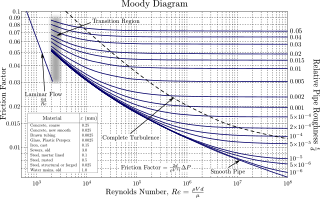
Lewis Ferry Moody was an American engineer and professor, best known for the Moody chart, a diagram capturing relationships between several variables used in calculating fluid flow through a pipe. He has 23 patents for his inventions. He was the first Professor of Hydraulics in the School of Engineering at Princeton.
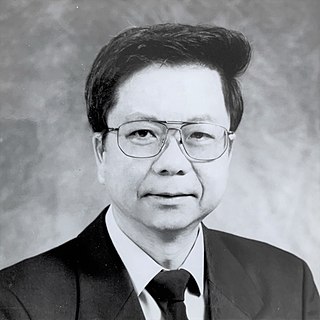
Chih-Ming Ho (何志明) is an engineering professor in interdisciplinary fields, which span from aerodynamics to AI-medicine[1]. He received a B.S. in Mechanical Engineering from National Taiwan University in 1967 and a Ph.D. in Mechanics and Material Sciences from Johns Hopkins University in 1974.
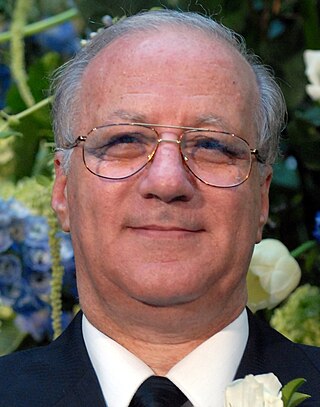
Essam Eldin Khalil Hassan Khalil is an Egyptian Mechanical Engineer. Khalil is a professor in the mechanical power department at Cairo University. He is the author and co-author of several international researches in HVAC field. He has many years of experience in delivering courses in air-conditioning to University, college students, to building managers and maintenance staff in both the industrial and commercial sectors in Egypt, the Arabian countries and worldwide. He has been selected by various universities and international organisations to lecture to graduate and post graduate level engineers, managers, supervisors and operating personnel on the subjects of HVAC design and optimisation, HVAC system management, energy utilization, waste heat recovery, plant management and other related subjects.

Hyman Norman Abramson was an American engineer and scientist. He was the Executive Vice President of the Southwest Research Institute at the University of Texas at Austin, and the manager and principal investigator in several NAE and NRC research projects.
William Kenneth George is an American-born fluid dynamicist holding both American and Swedish citizenships. He is currently senior research investigator in the Department of Aeronautics at Imperial College London. George is known for his research on both theoretical and experimental turbulence.
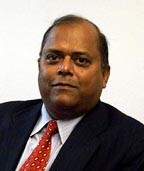
Ramesh K. Agarwal is the William Palm Professor of Engineering in the department of Mechanical Engineering and Materials Science at Washington University in St. Louis. He is also the director of Aerospace Engineering Program, Aerospace Research and Education Center and Computational Fluid Dynamics Laboratory at WUSTL. From 1994 to 1996, he was the Sam Bloomfield Distinguished Professor and Chair of Aerospace Engineering department at Wichita State University in Wichita, Kansas. From 1996 to 2001, he was the Bloomfield Distinguished Professor and the executive director of the National Institute for Aviation Research at Wichita State University. Agarwal received Ph.D in Aeronautical Sciences from Stanford University in 1975, M.S. in Aeronautical Engineering from the University of Minnesota in 1969 and B.S. in Mechanical Engineering from Indian Institute of Technology, Kharagpur, India in 1968.

Theodosios Alexander is an American academic, engineer and author. He has served as faculty and in academic administration in four universities, in the UK and USA, following the award of four graduate degrees from MIT, and work in engineering industry.

George Em Karniadakis is a professor of applied mathematics at Brown University. He is a Greek-American researcher who is known for his wide-spectrum work on high-dimensional stochastic modeling and multiscale simulations of physical and biological systems, and is a pioneer of spectral/hp-element methods for fluids in complex geometries, general polynomial chaos for uncertainty quantification, and the Sturm-Liouville theory for partial differential equations and fractional calculus.

Joseph Katz is an Israel-born American fluid dynamicist, known for his work on experimental fluid mechanics, cavitation phenomena and multiphase flow, turbulence, turbomachinery flows and oceanography flows, flow-induced vibrations and noise, and development of optical flow diagnostics techniques, including Particle Image Velocimetry (PIV) and Holographic Particle Image Velocimetry (HPIV). As of 2005, he is the William F. Ward Sr. Distinguished Professor at the Department of Mechanical Engineering of the Whiting School of Engineering at the Johns Hopkins University.
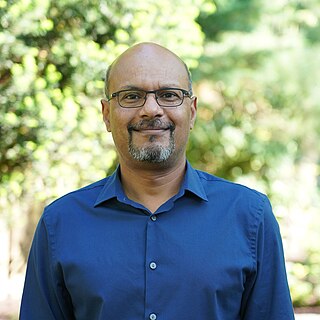
Rajat Mittal is a computational fluid dynamicist and a professor of mechanical engineering in the Whiting School of Engineering at Johns Hopkins University. He holds a secondary appointment in the Johns Hopkins University School of Medicine. He is known for his work on immersed boundary methods (IBMs) and applications of these methods to the study of fluid flow problems.
Zoltán S. Spakovszky is an aerospace engineer, academic and researcher. He is best known for his work on fluid system instabilities and internal flow in turbomachinery. He is T. Wilson (1953) Professor in Aeronautics at the Massachusetts Institute of Technology, and the Director of the MIT Gas Turbine Laboratory.
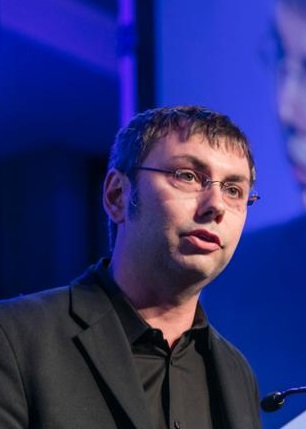
Ryan M. Eustice is an American roboticist, and the Senior Vice President of Human-centric AI and Technology Adoption at the Toyota Research Institute (TRI). He is also a professor of Robotics and Naval Architecture & Marine Engineering at the University of Michigan.
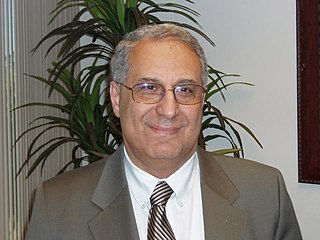
Reda R. Mankbadi is the founding Dean of the Engineering College at Embry-Riddle Aeronautical University. He is a former NASA senior scientist at NASA's Glenn Research Center and a Fellow of the NASA Lewis Research Academy. Mankbadi has published over 150 scientific papers.















